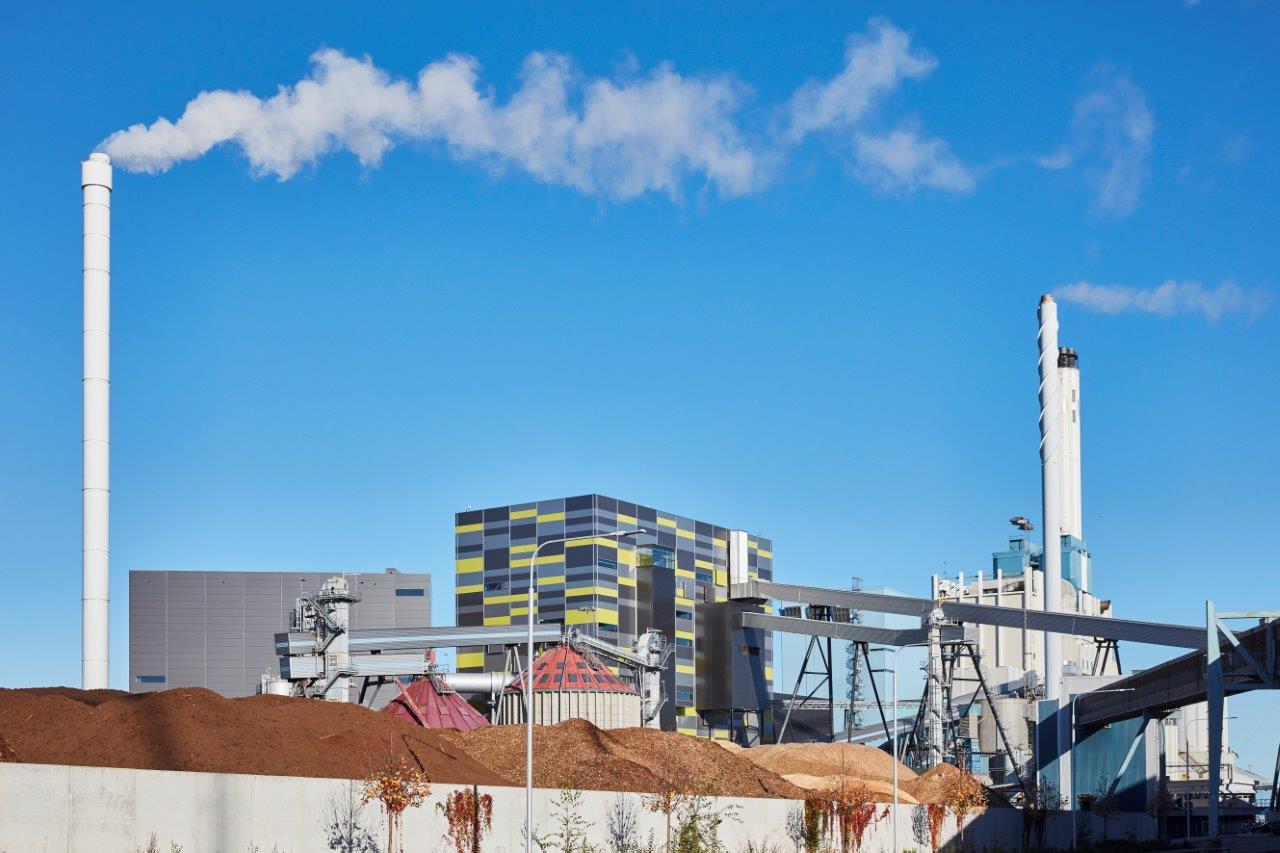
From designing eco-friendly motors and drives, to offering innovative e-mobility solutions, for decades ABB has been at the heart of energy efficiency and sustainability, constantly working to make it possible to run the world without consuming the earth.
In its latest endeavour to move towards a low-carbon future, ABB helped Mälarenergi to increase the efficiency of its waste-to-energy plant, ensuring constant power and heat supply for the city of Västerås in Sweden.
Mälarenergi’s waste preparation facility, Unit 6, is one of the biggest in the world and sits alongside Lake Malaren’s pristine waters. On its shore lies Västerås, Sweden’s fifth largest city and home to about 150,000 people.

The Unit 6 has extremely high boiler efficiency, close to 90 percent and much of the success is due to the efficiency of its equipment. The machines used for recycling, the gas purification systems that clean the air before it is released, and the pumps for the district heating system, all need to function without failure and operate with the highest possible energy efficiency.
Nearly 300 ABB low- and medium-voltage motors have been installed in the facility, along with over 200 ABB variable speed drives. These drives control the speed of electric motors to match the task at hand, while saving power and improving perfomance. Together these keep the state-of-the art plant operating reliably abd efficiently without unplanned, costly downtime that could leave Västerås without heat during the long, cold Swedish winters.
Owned by the city, Mälarenergi has provided Västerås with district heating since the 1960s. Traditionally, the plant burned coal and oil , but in 2014 it commissioned a waste-to-energy unit. Mälarenergi, which now burns recycled wood, tree-toppings and waste that would otherwise go to the landfill has reduced its CO₂ emissions to 250,000 tonnes per year from an average of 600,000 tonnes.
“We’ve chosen to go with the waste-to-energy concept because we think it’s a good thing to take care of the resources that we have in the society and make something good out of it,” said Magnus Eriksson, Mälarenergi Manager for the Heating Business. “We have to reduce, to reuse and, after that, we have to take care of the waste that is left.”
“It’s gratifying to know that we are playing a role in helping Mälarenergi reach their sustainability goals,” says Anders Annell, Global Power Generation Segment Manager, ABB Motion. “This is a great example of how our variable speed drives, combined with our high-efficiency motors can drive efficiency across applications while ensuring the highest reliability and safety standards.”
The Unit 6 has the capacity to generate 150 megawatts (MW) of energy a year, of which 50 MW is electricity and 100 MW is district heating – enough to heat more than 50 percent of the buildings in Västerås .
“We first prepare the waste by taking out metals, glass and anything else that we don’t want to burn in the boiler. The metals and glass go to recycling, and then we burn what is left in the boiler to make heat and electricity,” said Martin Eriksson, Mälarenergi Operations Manager. “This makes Unit 6 one of the most efficient and largest waste-to-energy plants in the world.”
The project is part of a city-wide pilot to prepare Västerås for a smart future with the help of ABB Ability™, ABB’s cross-industry digital offering and advanced analytical capabilities. It is an important example of ABB’s holistic approach to building smart cities. With ABB Ability™ Collaborative Operations – a digital services platform for customer collaboration – for example, Västerås gets cleaner water and reduces the loss of drinking water through pipe leakage.